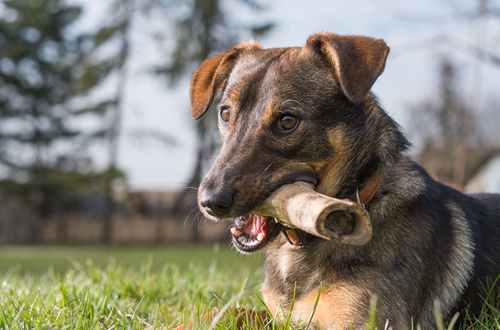 Shutterstock
Shutterstock
Ever stumbled upon a bone or toy buried in your backyard and wondered why your dog felt the need to stash it there? Burying bones is more than just a quirky habit; it’s deeply rooted in instincts, behaviors, and emotions. Dogs bury items for various reasons, from survival strategies inherited from their wild ancestors to simply wanting to protect prized possessions. This behavior is more complex than it seems, revealing a fascinating blend of ancient instincts and modern canine quirks.
Instinctive Behavior from Wild Ancestors
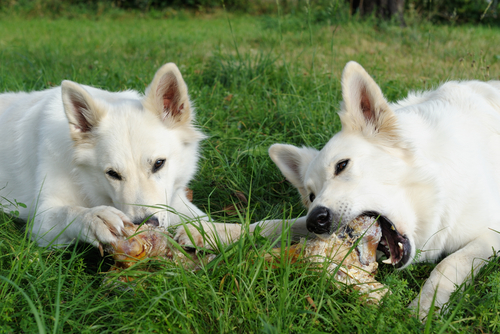 Shutterstock
Shutterstock
The habit of burying bones traces back to dogs’ wild ancestors, who didn’t have the luxury of consistent meals. In the wild, food was scarce, and when an animal made a kill, it needed to store extra food for leaner times. Burying bones helped preserve them for later consumption. The earth acted as a natural refrigerator, keeping the meat fresher for longer. Today’s domesticated dogs still carry this instinct, even if they get regular meals at home. They bury bones because that survival instinct is still hardwired into their brains.
Resource Guarding
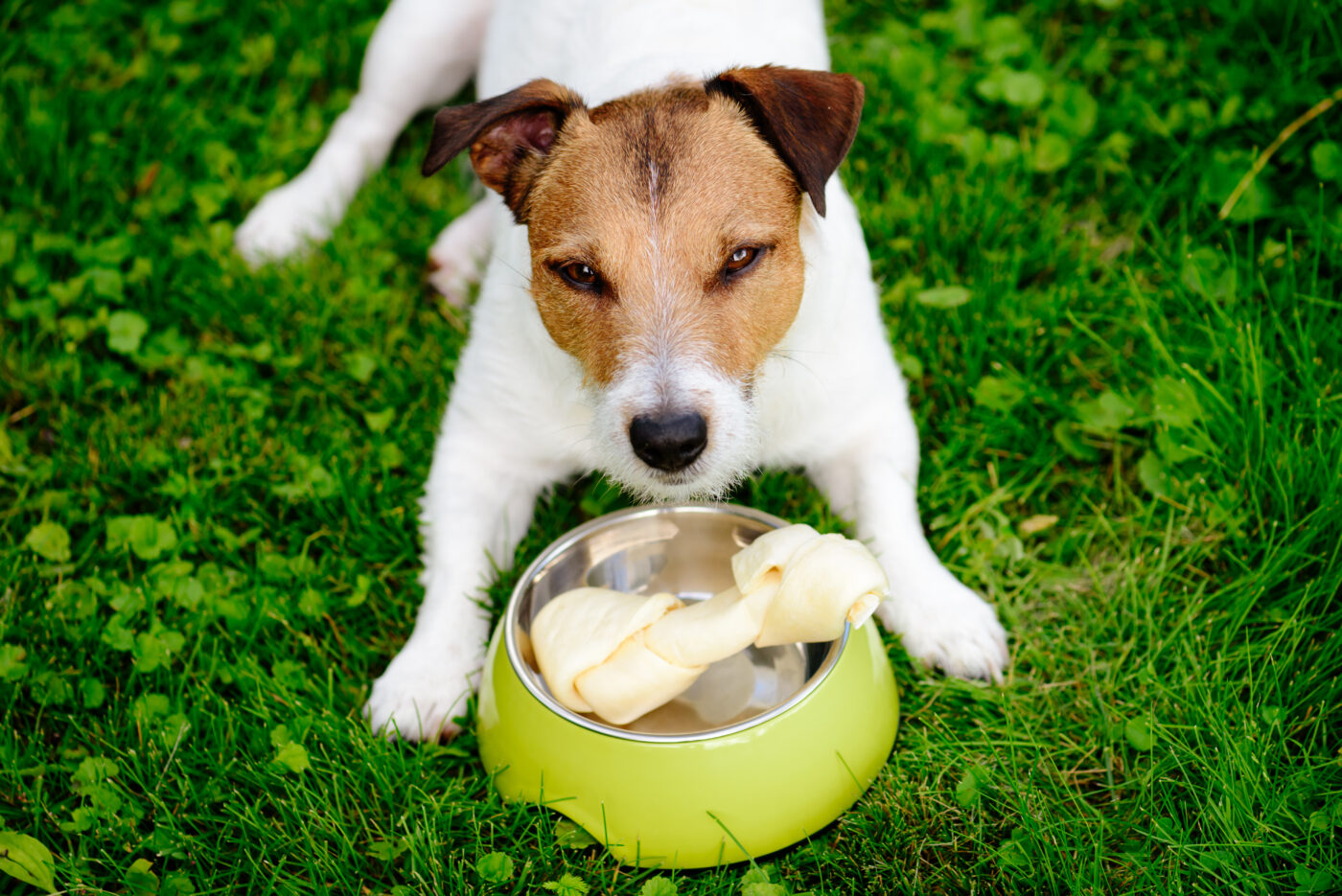 Shutterstock
Shutterstock
Dogs have a natural instinct to guard valuable resources, such as food or toys, and burying is a way to protect them from others. Your dog may bury their bones in a multi-pet household to hide them from other dogs, cats, or even you. This behavior is especially common in dogs that have had to compete for resources in the past, such as rescue dogs that came from shelters. By burying their prized items, they feel secure, knowing their treasures are safe from potential “thieves.”
Saving for Later
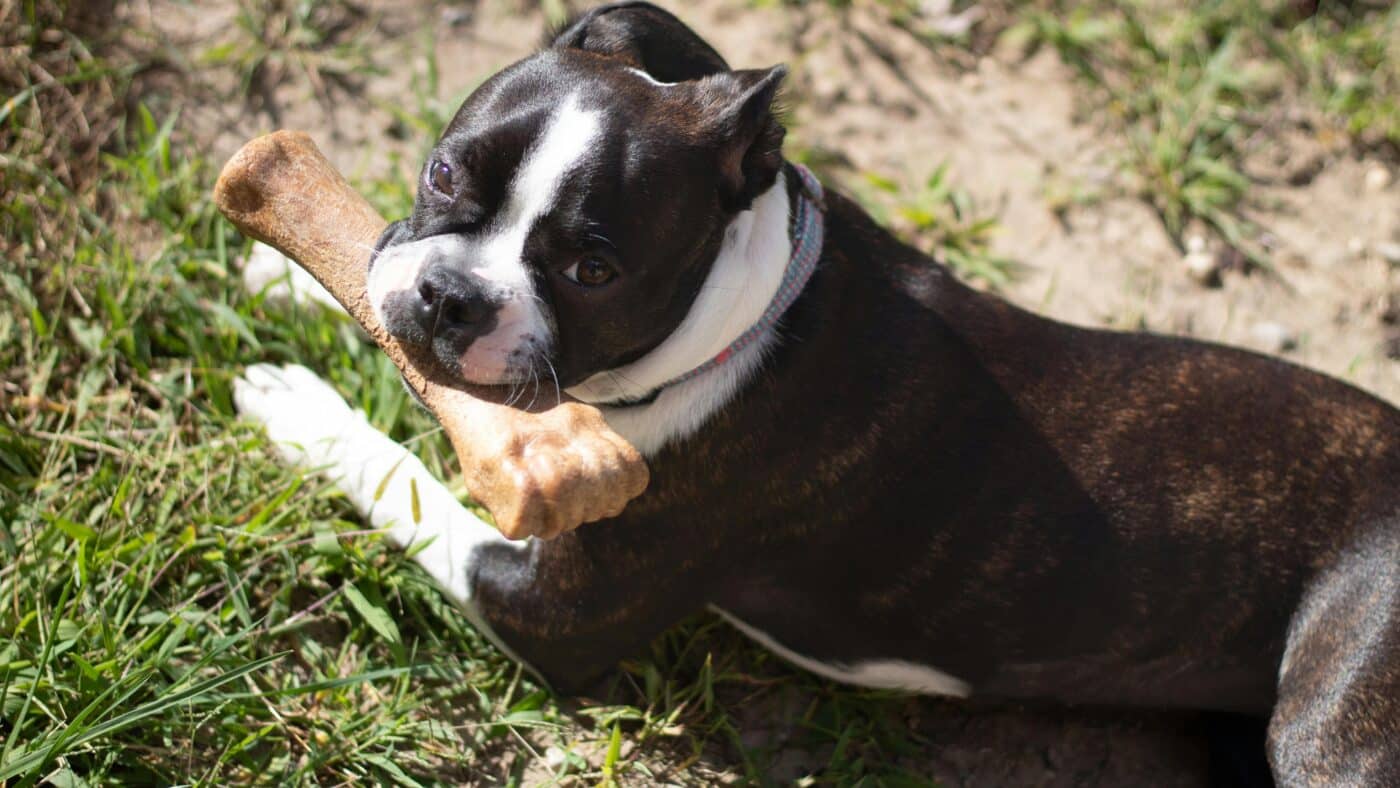 Shutterstock
Shutterstock
Sometimes, dogs bury bones because they’re not hungry but want to save the treat for later. Burying it is their way of ensuring the bone doesn’t go to waste. It’s like putting leftovers in the fridge. Even though your dog may not have to worry about their next meal, the desire to stash food away “just in case” remains. When the urge to snack arises, later on, they know exactly where to dig up their saved treat.
Cooling Down a Bone
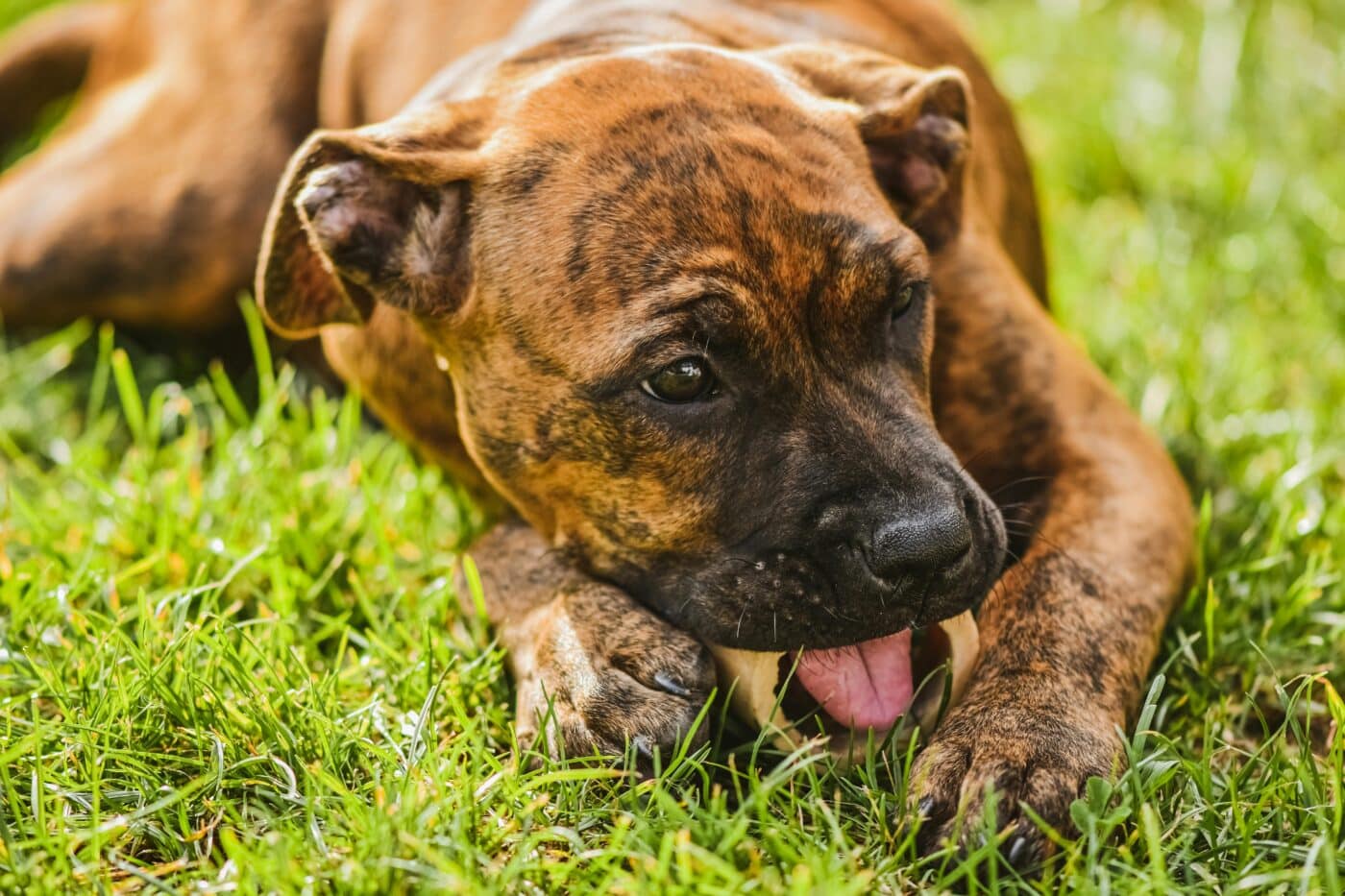 Shutterstock
Shutterstock
Believe it or not, dogs might bury bones to cool them down. If the bone is fresh and still warm, burying it helps lower its temperature to a more comfortable level. Dogs often find cool, shaded areas to dig, and the cool earth provides a natural way to regulate the bone’s temperature. It’s like storing a warm meal in the fridge for later—your dog wants to ensure that the bone is at the perfect “serving temperature” when ready to enjoy it again.
Boredom and Entertainment
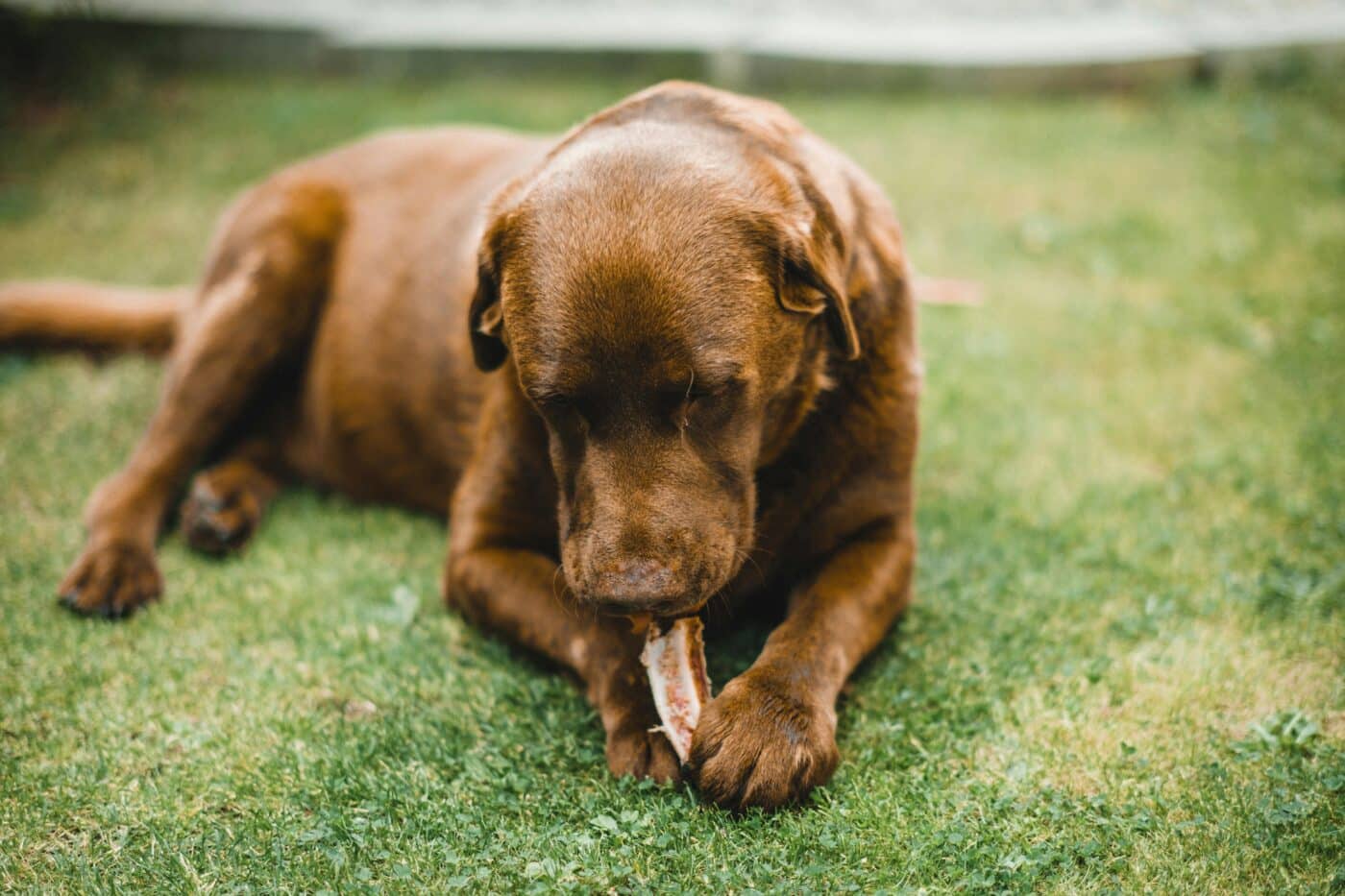 Shutterstock
Shutterstock
Dogs need mental and physical stimulation; sometimes, burying bones is just a fun activity to pass the time. If your dog is bored, they may start digging holes and burying bones to entertain themselves. Digging, hiding the bone, and covering it back up can be an enjoyable exercise that keeps them busy. It’s their way of creating a game or challenge to solve, especially if there’s not much else around the house.
Anxiety or Stress
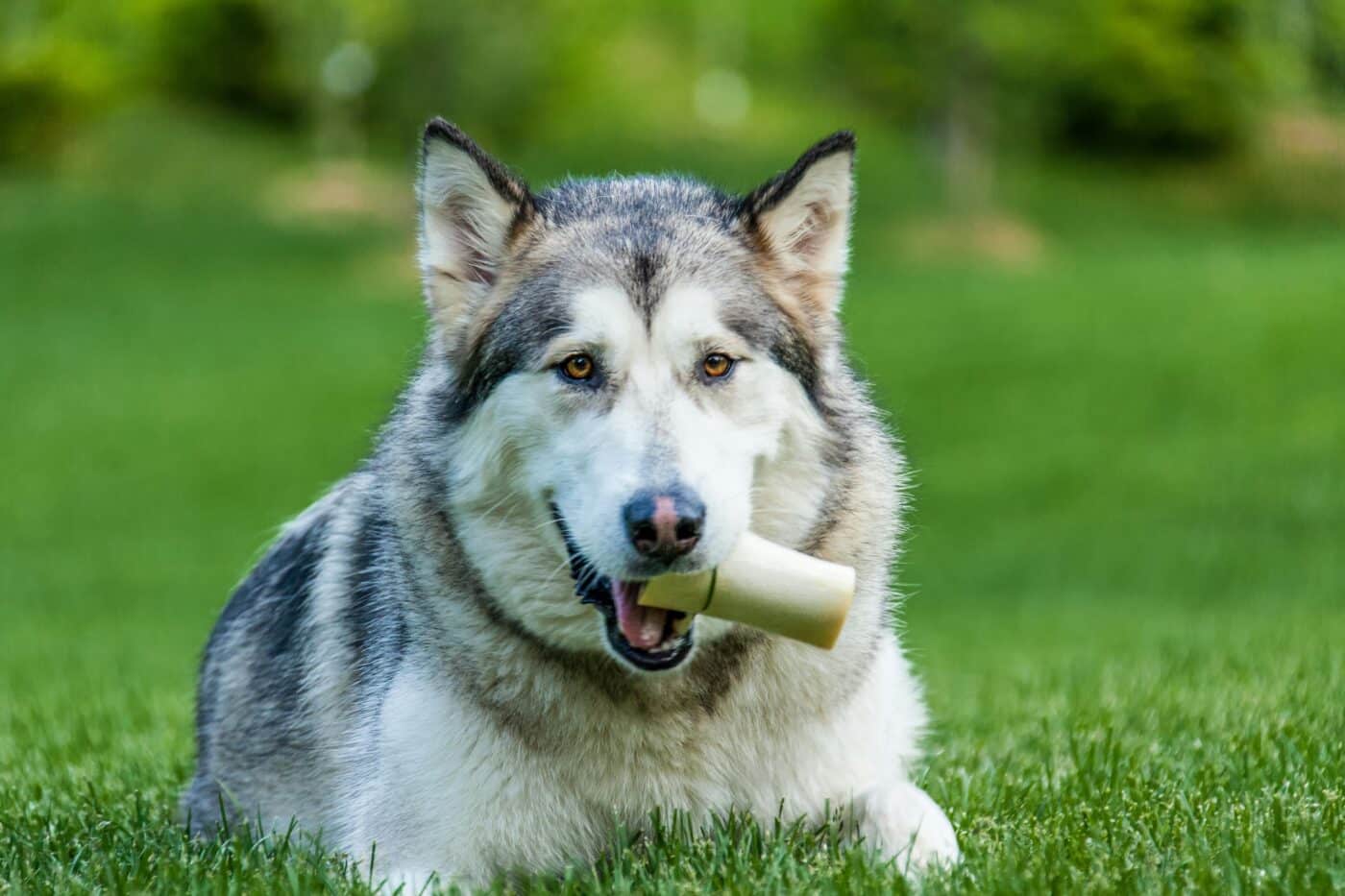 Shutterstock
Shutterstock
Just like some people fidget or pace when anxious, dogs might bury bones as a coping mechanism for stress. The repetitive digging and burying can be calming for dogs that feel nervous or insecure. Dogs that experience separation anxiety, for instance, may bury bones to distract themselves from feeling alone. This behavior helps them channel their anxious energy into a purposeful and reassuring task.
Mimicking Pack Behavior
 Shutterstock
Shutterstock
In the wild, burying bones was a group effort, with pack members working together to store food. Your dog may instinctively bury bones to mimic this pack behavior. Even though they live in a modern household, their instinct to “contribute to the pack” remains. Burying bones might be their way of playing a role within the family dynamic, providing for the “pack” even if there’s no real need to do so.
Satisfying the Urge to Dig
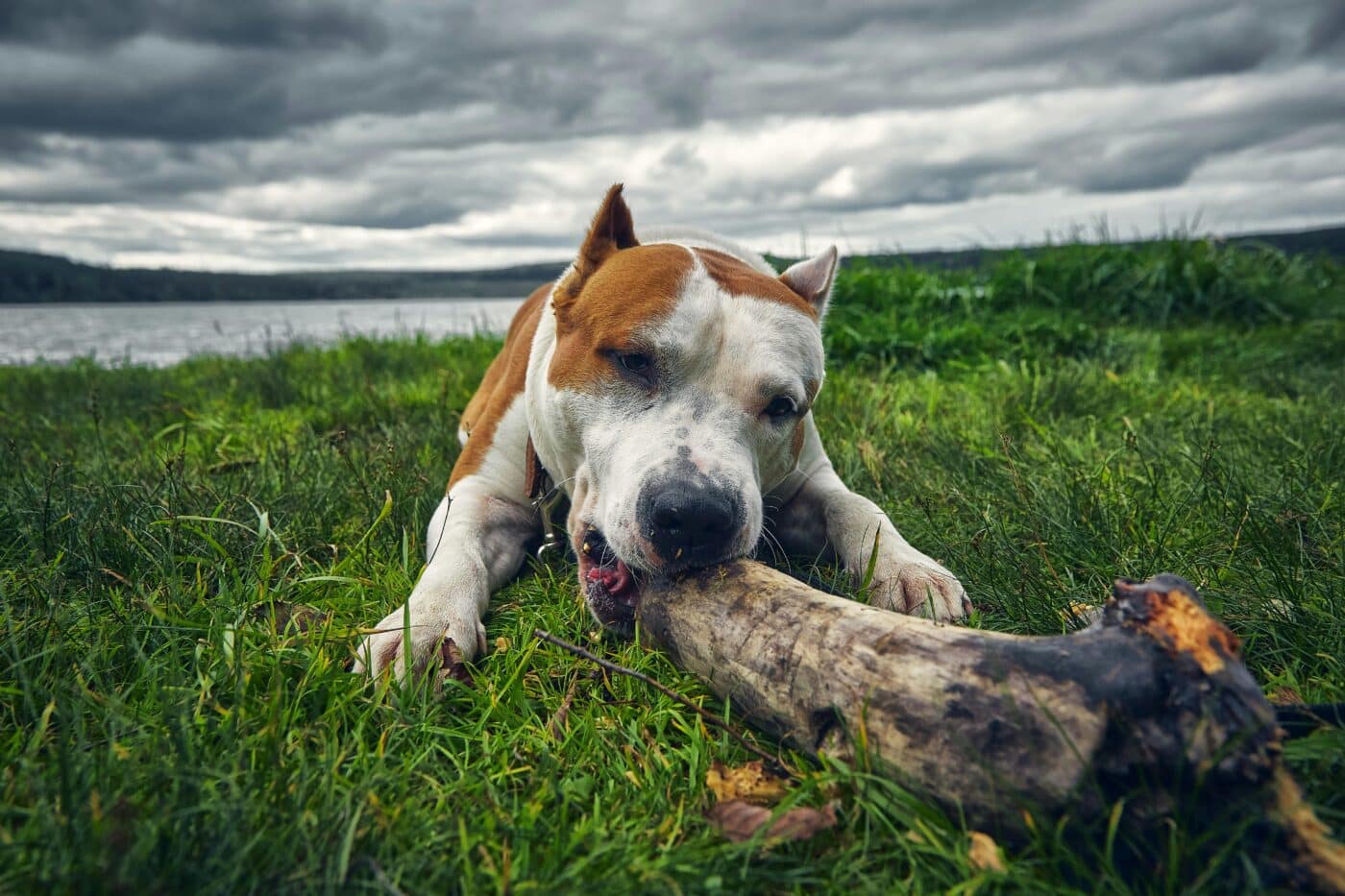 Shutterstock
Shutterstock
Digging is a natural behavior for dogs; some breeds have a stronger urge to dig than others. Terriers, for instance, were bred to hunt small burrowing animals, and they have a natural affinity for digging. Burying bones allows dogs to fulfill this instinctive behavior, satisfying their need to dig while adding a practical element to the activity. It’s a two-for-one deal: they get to dig and stash away a tasty treat.
Marking Territory
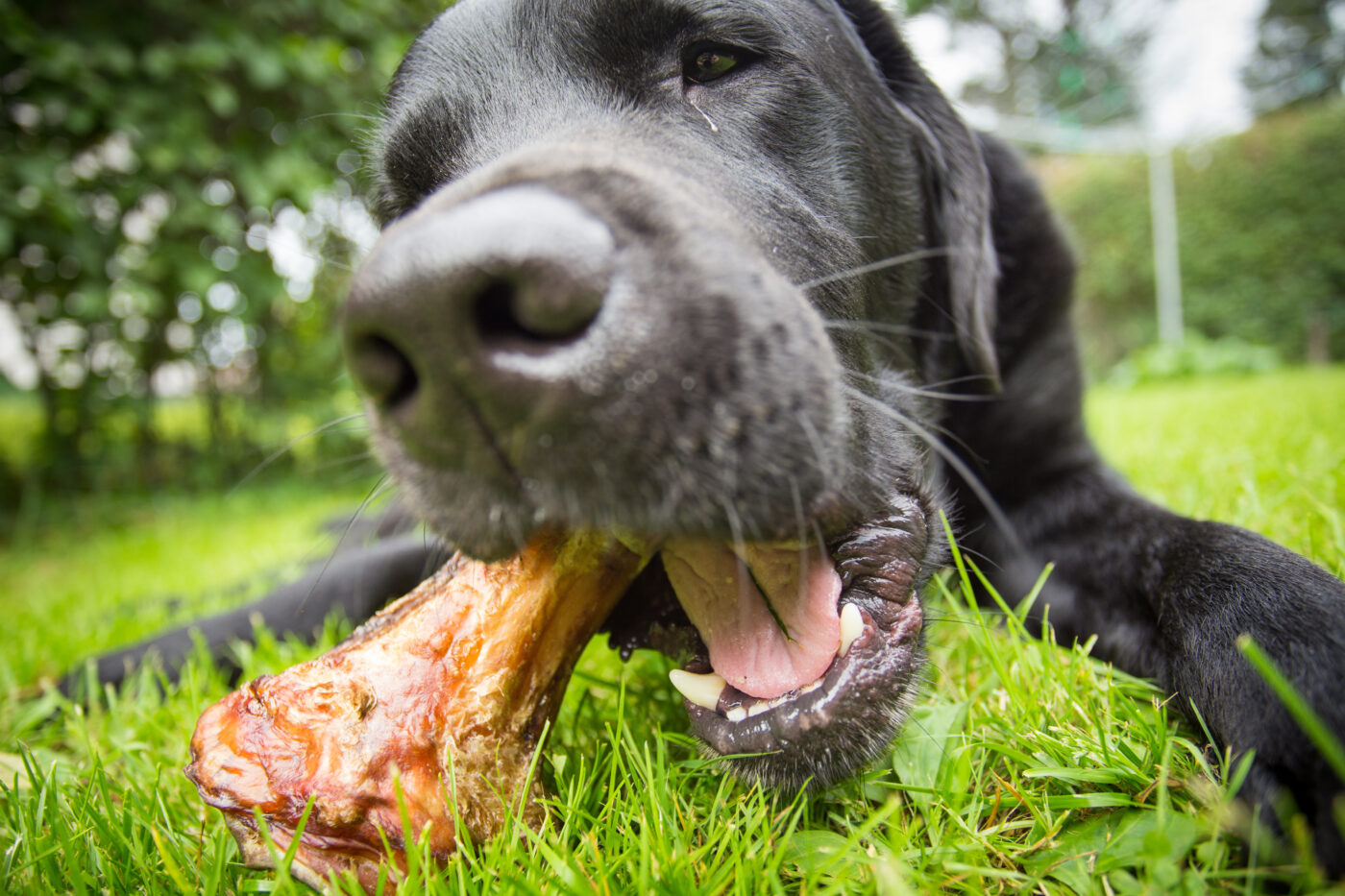 Shutterstock
Shutterstock
When dogs bury bones, they leave their scent and the item on the ground. This is a form of marking territory, letting other animals know that this spot belongs to them. Even if no other dogs are around, your dog might need to claim their space and let the world know this buried treasure is theirs. This behavior is especially common in dogs that are more territorial or protective of their belongings.
Picky Eaters
 Shutterstock
Shutterstock
Some dogs are picky about how fresh their food is and may bury bones to let them “age” a little. While it may sound unappetizing, some dogs prefer the taste of bones buried and ripened for a few days. The aging process changes the flavor and scent, making the bone appealing to some dogs. It’s their version of letting fine cheese age before enjoying it.
Following the Lead of Other Dogs
 Shutterstock
Shutterstock
Dogs are great imitators, and if they see another dog burying a bone, they may start doing it, too. This behavior can be learned through observation, especially in multi-dog households or in environments like dog parks. When one dog sees another dog bury a bone, they may think, “That looks like a good idea,” and start doing it themselves. It’s not just about hiding the bone; it’s also about participating in a shared canine behavior.
Cooling Off
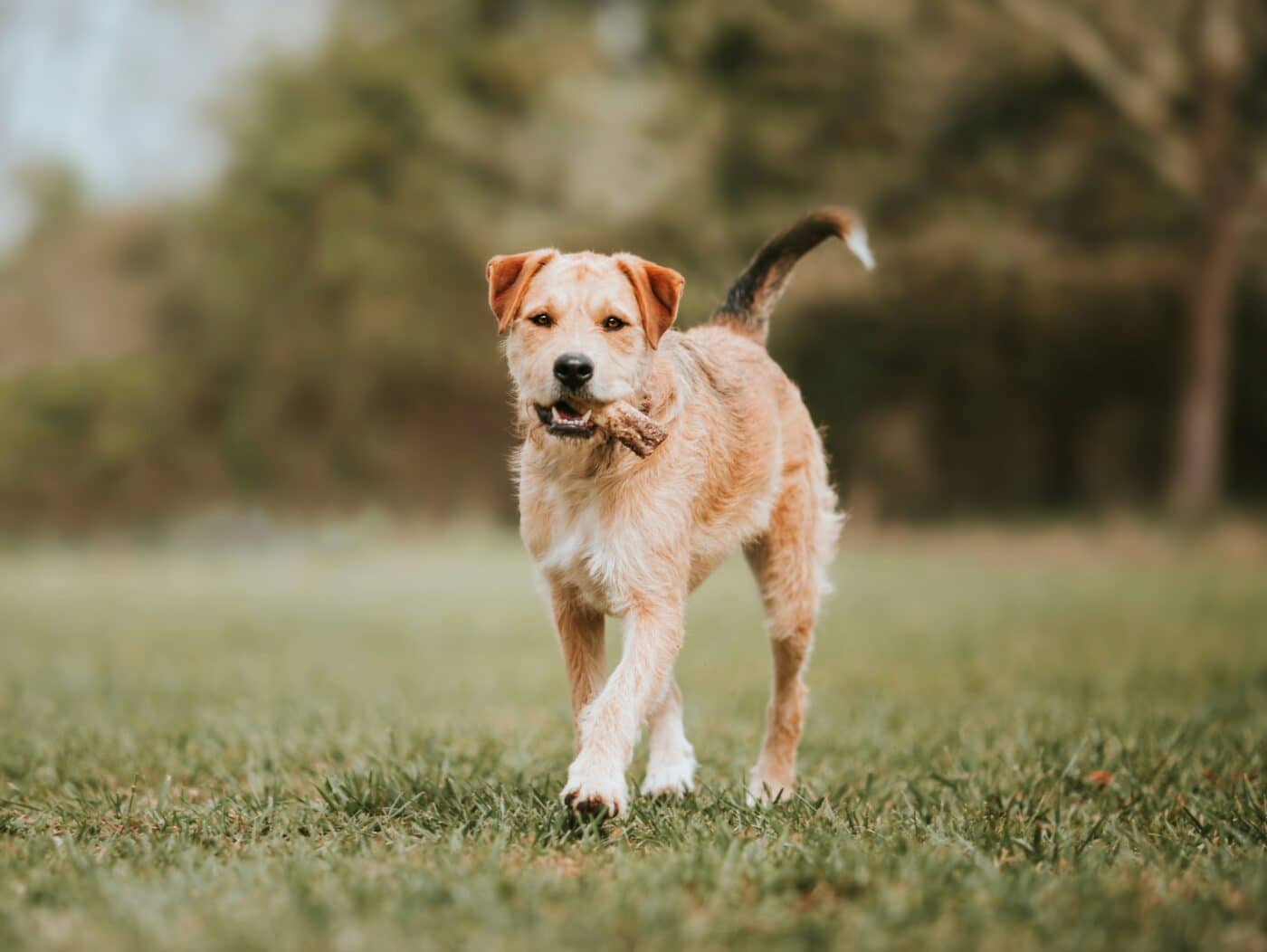 Shutterstock
Shutterstock
In hot weather, dogs may bury bones to cool themselves down. The cool, damp earth provides a refreshing spot for them to dig and can also help regulate the temperature of their bodies while they’re engaged in the activity. If your dog buries bones in a shaded area during hot weather, they may try to cool down while stashing away a treat. The digging process itself can be a form of temperature regulation.
Enjoying the Thrill of the Chase
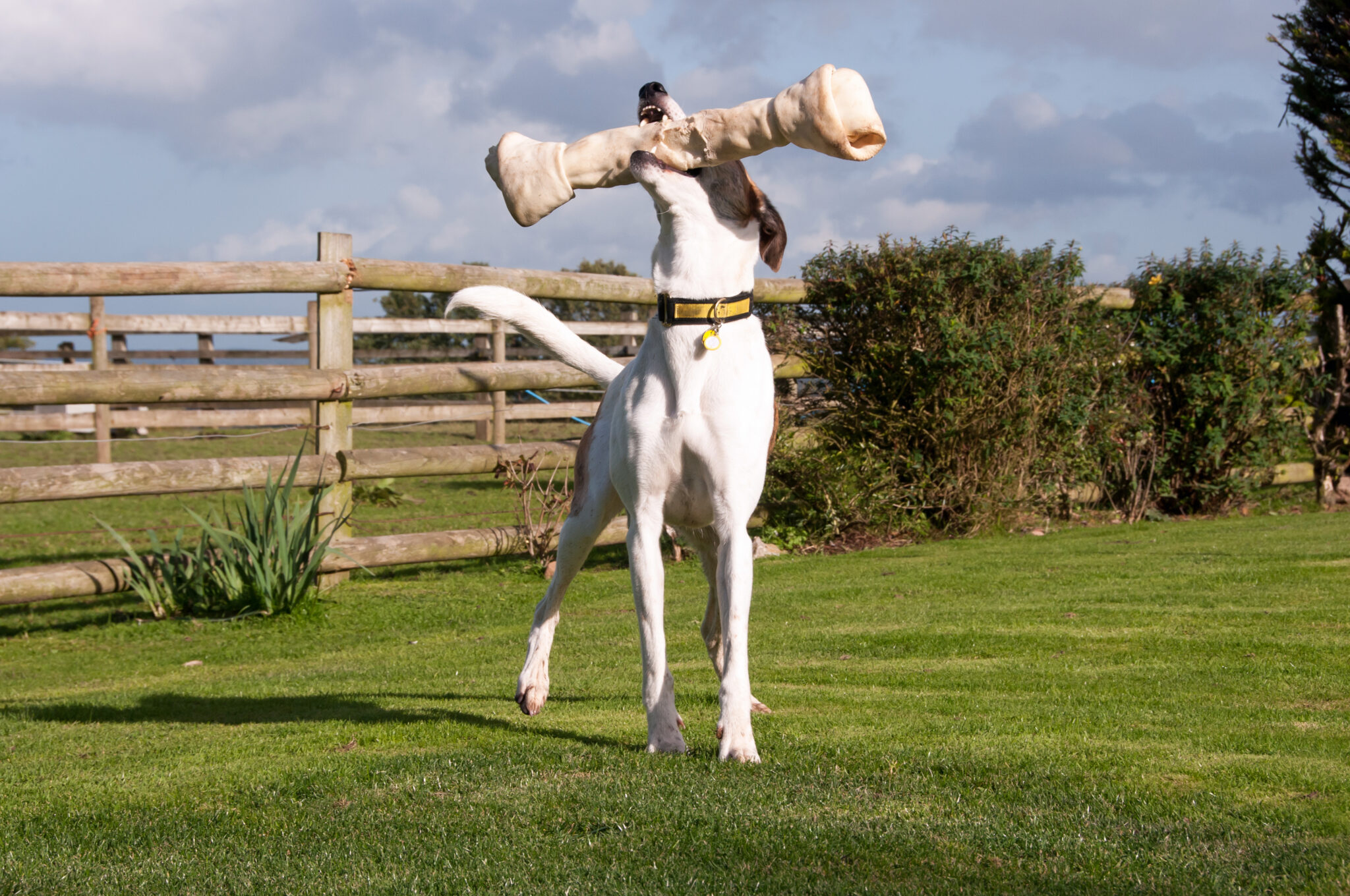 Shutterstock
Shutterstock
For some dogs, burying bones is part of a playful routine miming hunting behavior. They enjoy “catching” the bone, hiding it, and later “finding” it again. This game-like behavior taps into their natural prey drive, providing a sense of accomplishment and satisfaction. It’s not just about storing the bone; the entire process of searching, hiding, and retrieving makes it exciting.
Hoarding Behavior
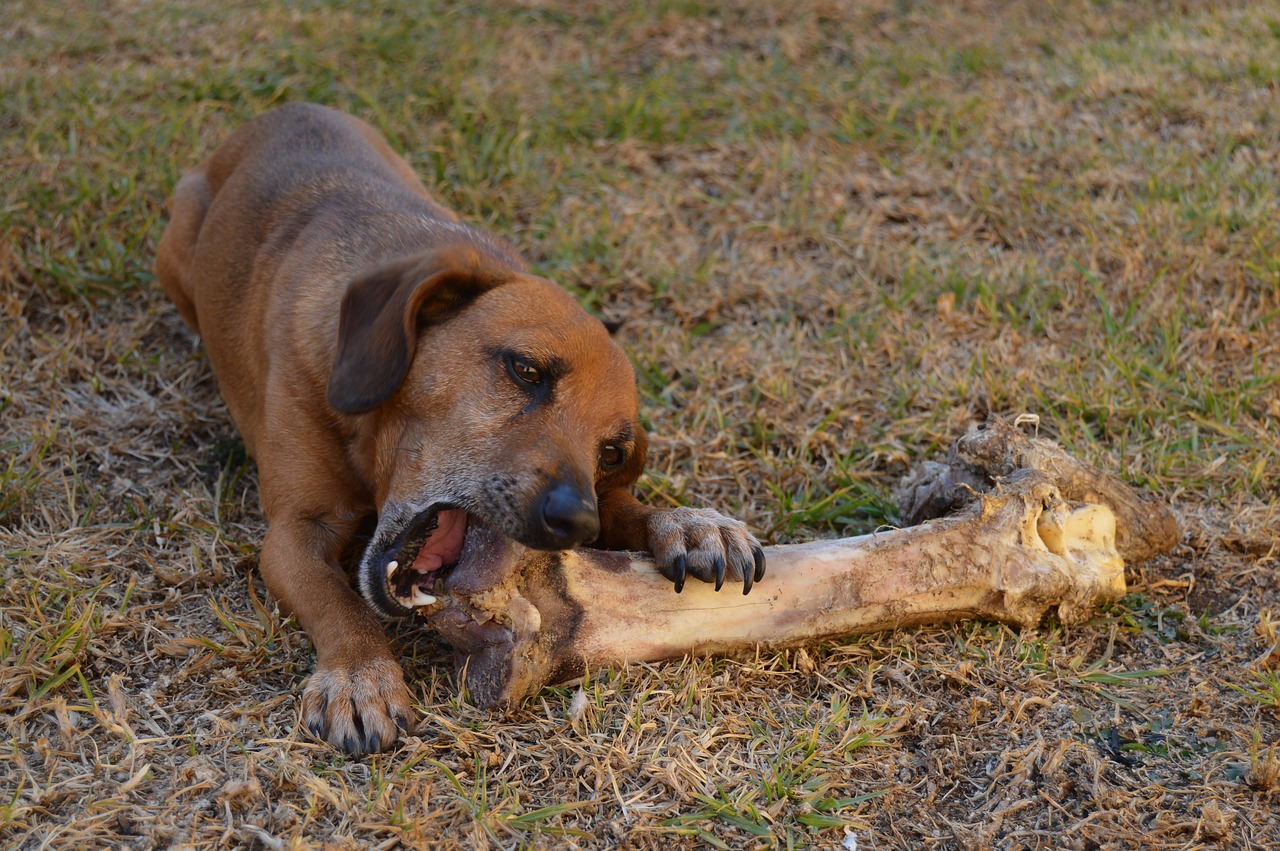 Shutterstock
Shutterstock
Some dogs may have hoarding tendencies, especially if they’ve experienced food scarcity. If your dog hoards bones and other objects, it may indicate an underlying insecurity about their resources. Burying bones is a way to stash away valuables for future use, giving them a sense of control and security. Even if your dog has never been deprived of food, this instinct can manifest as hoarding behavior.
Attention-Seeking
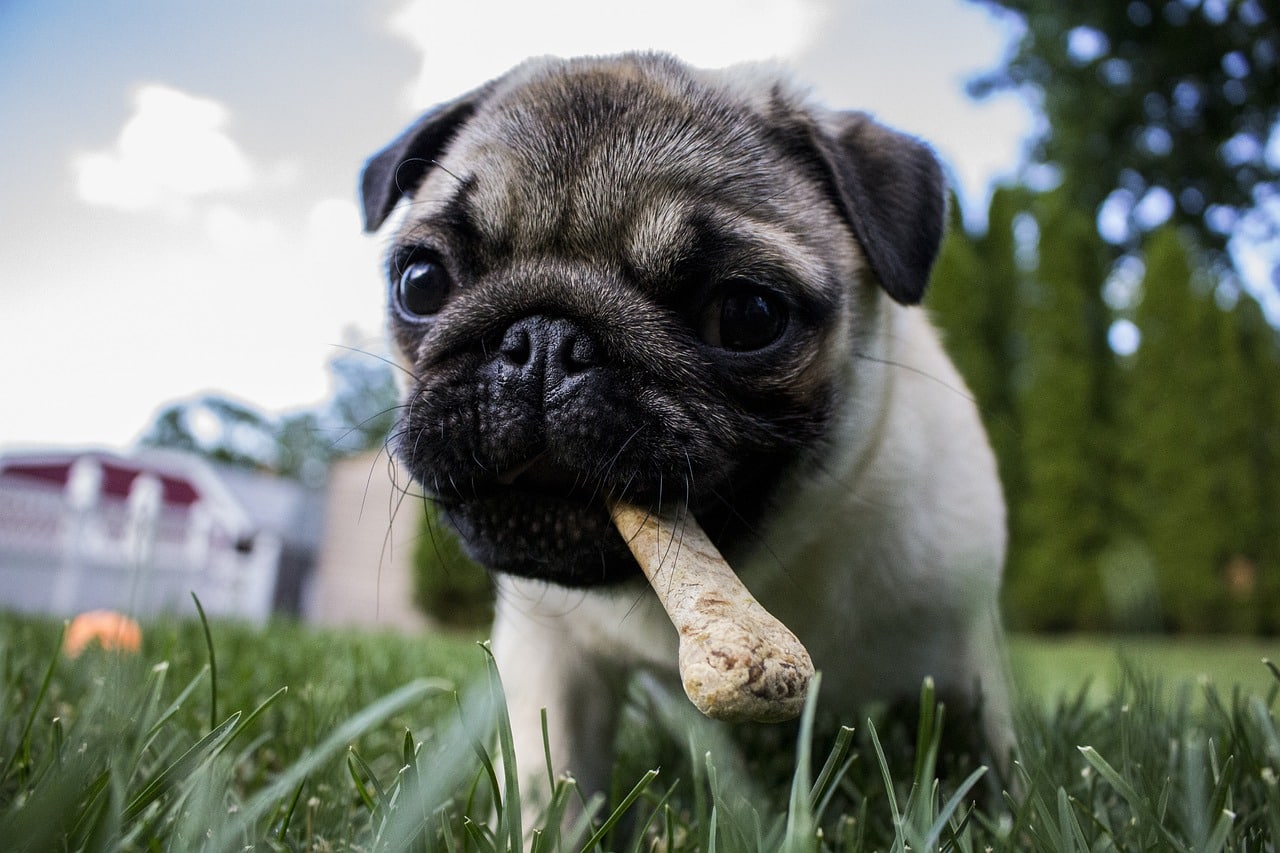 Shutterstock
Shutterstock
Finally, some dogs bury bones to get attention from their owners. If they notice that you react to their digging or find the hidden bones amusing, they may continue the behavior to get more attention. Dogs are incredibly perceptive and can quickly learn which actions lead to extra interaction with their humans. If burying a bone gets a laugh or a playful response, they may do it to keep you engaged.
The Secret Lives Of Dog Bone Hoarders
 Shutterstock
Shutterstock
Ever feel like your dog has a secret treasure map? Whether hiding bones like a pirate or stashing away treats like prepping for the apocalypse, there’s always a reason behind their quirky behavior. So, the next time you find a bone buried in your flower bed, remember—they’re not being weird; they’re tapping into instincts passed down from their wild ancestors. It’s more than just a random habit. Who knows? Maybe they’re saving it for a rainy day, a hungry afternoon, or fun!
 Toledo, United States.
Toledo, United States.